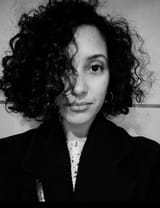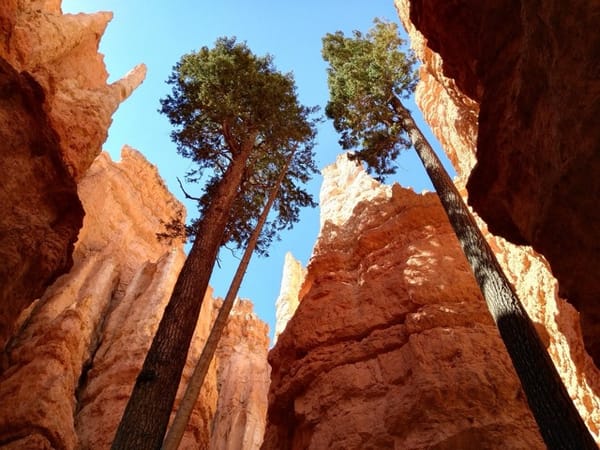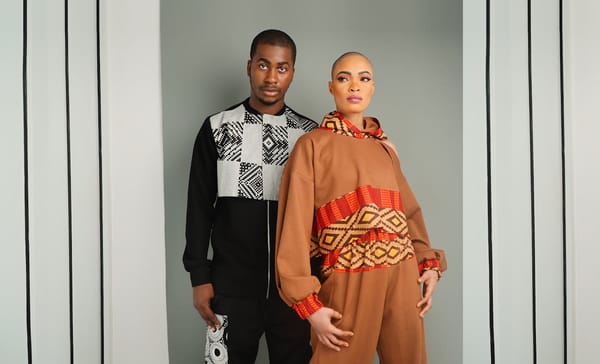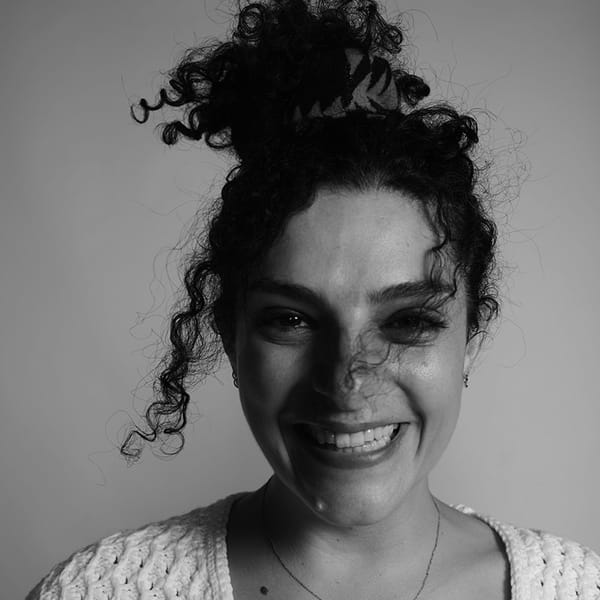The Long Road to COP30: Why African Indigenous Voices Risk Being Left Out
Africans are seen as local communities, not Indigenous.
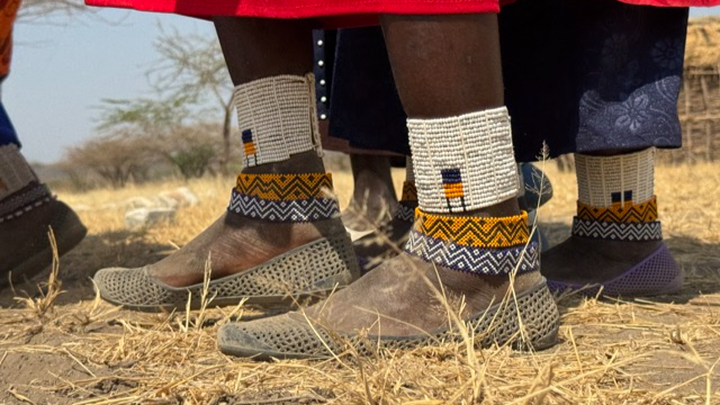
This article is part of a series exploring Resistance as a Force for Change - in partnership with intersection, a borderless network visibilising people working on the frontlines of climate, social and racial justice. Through interviews and insight-led pieces, we examine how marginalised voices navigate, and challenge, systems of power. They are not just about survival, but about the radical act of imagining something better. They reflect the complexity of what it means to resist: the weight of history, the imprint of culture, and the structural forces that shape our lives. Real change begins when we reckon with these truths—and choose to build from them.
Access the Audio Read version directly on Spotify for Creators.
COP30 will take place this November in Brazil, a country that has become over the years a global symbol of Indigenous resistance to land grabs, deforestation, and extractive capitalism. You might think that based on these issues, it would make the next COP the most inclusive event yet, where Indigenous Peoples from across the world could lead the conversations on climate, land, and justice. Well, not so much. And for African Indigenous communities, the road to Brazil is already proving nearly impossible.
Mana Omar is the founder and executive director of SASAL (Spring of the Arid and Semi-Arid Lands), an NGO working in Kenya’s arid regions to promote gender equality and climate resilience. Born and raised in Kenya, she closely identifies with pastoralist communities and describes herself as both a climate and gender justice advocate.
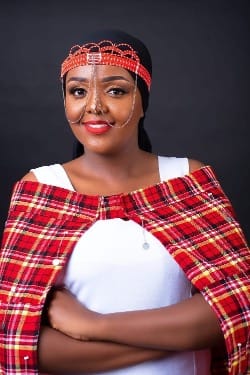
Her activism started in 2021 with the Fridays for Future movement - a youth-led and organised movement that began in August 2018, after 15-year-old Greta Thunberg and other young activists sat in front of the Swedish parliament every school day for three weeks, to protest against the lack of action on the climate crisis. “I was really inspired by Greta Thunberg, because I really wanted to do this exact thing. I just needed to see someone doing it, to get the courage to also stand up,” she said. Through that movement she joined panels, spoke publicly, and eventually secured funding for SASAL’s first climate resilience project.
From the beginning, SASAL’s focus has been to tackle the root causes of climate vulnerability. Research with communities identified water scarcity, lack of access to energy, and entrenched gender inequality as key drivers of vulnerability. “We can’t address these issues with one kind of solution, so we had to approach it from a holistic perspective,” Omar explained. Out of this research came a model village, built as an emulation of Maasai traditions but incorporating solar energy, sanitation, kitchen gardens, and climate-resilient housing. It’s a demonstration of how adaptation can be led by Indigenous knowledge combined with modern resources.
SASAL also uses art and language as tools of resistance. Working with Maasai artists, they compose songs in Indigenous languages to raise awareness at the community level. “Our communities can express themselves using the language they understand the most, in their own authenticity,” she said. These songs were performed at COP29 and carried messages about land grabs in Tanzania, where Maasai communities are being evicted in the name of conservation (A planned video to document these stories has been deliberately slowed down because of safety concerns, but the advocacy continues). Surveys show that people who had never heard the term “climate justice” before are now engaging with the issues through music.
Omar has brought these perspectives to more international spaces, attending Stockholm+50 in Sweden, COP27 in Egypt, COP28 in Dubai, and CSW in New York. COP27 was especially meaningful to her as she spoke widely to the media about Indigenous youth. But she noticed the growth of exclusion year on year. “It’s just a matter of who has the donors,” she said. “It’s becoming increasingly hard for grassroots to participate in these spaces.”
That reality sparked SASAL’s latest campaign: walking to Brazil for COP30. The group began the journey in Kenya and reached the Tanzanian border before being stopped by government restrictions. The campaign has since shifted into a symbolic walk - with the hope to still make it to the other side - but the message remains: the dangers they faced, such as encounters with wild animals, scorpion bites, and long stretches of loneliness, mirror the sense of being excluded from climate negotiations. “Crossing rivers, climbing mountains, long dusty roads basically reflected how we feel excluded from the space,” Omar said. “It feels lonely. It feels like nobody’s seeing you.”
Now their hope is to bring at least a small delegation of African Indigenous leaders to Brazil. “It doesn’t make sense for someone with a lot of solutions, a lot of lived experiences, to just be there wandering,” Omar said. “For us to have meaningful engagement, it can’t be a one-person delegation.” But funding is scarce. Travel and accommodation costs are enormous, past funders have pulled out, and even sympathetic donors question the price tag of COP participation compared to local projects. Omar understands the dilemma: “It doesn’t make sense to go to an event and spend US$20,000 when that could implement a project in Kenya. But again, this is a space where decisions are being made. So if we look at it from that angle, it still makes sense.”
That last point highlights the hard reality for many climate activists who have to play the game to have even the slightest chance to be heard.
African representation is also particularly thin compared to Latin American. “I see Indigenous communities from Latin America everywhere. They are vocal, organised, and supported. But in Africa, representation is minimal. Africans are seen as local communities, not Indigenous. But we have communities who have clung to their cultures, who are still practising them. These cultures are at risk due to climate change.”
Omar’s refusal to compromise on culture and language is central to this work. “We don’t want to shift to English just to be heard. We want to promote the longevity of our culture, our language is our identity.”
As COP30 approaches, the contradiction of its goals and reality grows sharper. Brazil will highlight Indigenous struggles, but African Indigenous Peoples risk being shut out altogether, excluded by borders, bureaucracy, and the sheer cost of entry. Resistance, in Omar’s story, means finding ways to insist on being seen: through walking, singing in Maasai at the UN, or building a climate-resilient village in Kenya. The question is whether the COP30 administration is finally ready to listen.
You can support Mana and the SASAL10 group's journey towards COP30 in Brazil on their GoFundMe campaign page.
intersection is a borderless network visibilising people working on the frontlines of climate, social and racial justice. To find out more about its work, mission, and become a member, visit https://intersection-network.carrd.co/.

